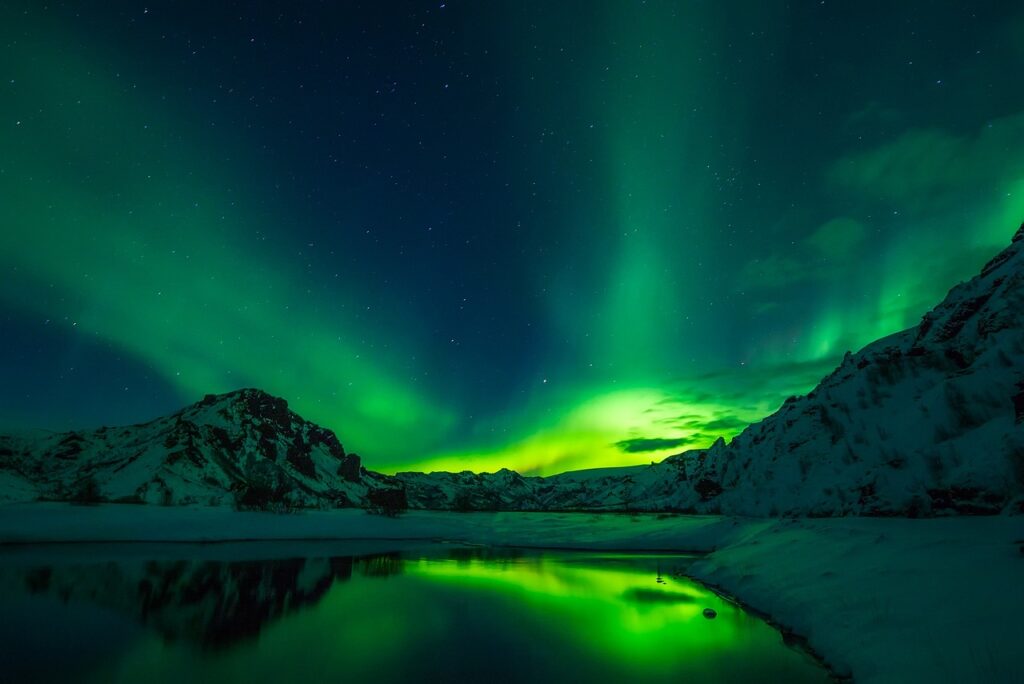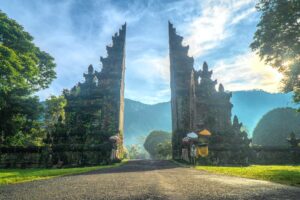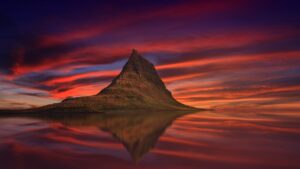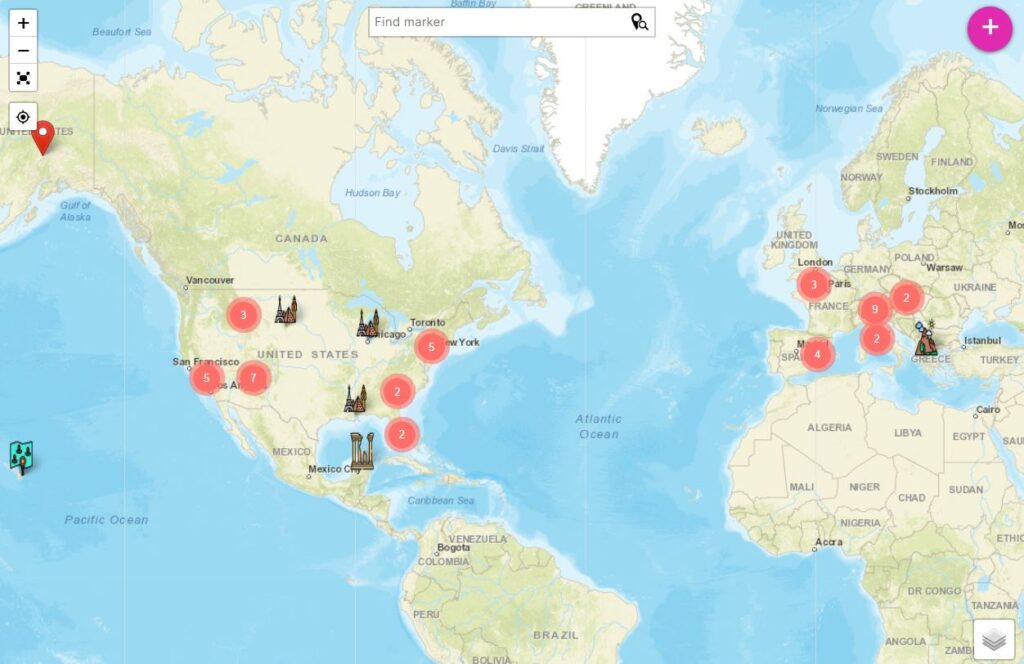As winter blankets much of the world, Iceland becomes a mesmerizing realm of enchantment, where the stark beauty of glaciers, volcanoes, and geysers harmonizes with the dance of the Northern Lights. From January to March, this North Atlantic island unveils a winter wonderland that captivates the senses.
Iceland’s landscapes transform into a pristine expanse of white, with snow-covered fields and glaciers glittering under the winter sun. The juxtaposition of icy landscapes against the dark volcanic terrain creates a dramatic and otherworldly scenery.
The dance of the Northern Lights, or Aurora Borealis, graces the winter skies in Iceland. Away from city lights, witness the ethereal glow of greens, pinks, and purples painting the night, adding a touch of magic to the winter experience.
Natural wonders like the iconic Geysir and the powerful Gullfoss waterfall take on a new allure in the winter frost. The country’s famous hot springs, such as the Blue Lagoon, provide a warm and soothing contrast to the chilly surroundings.
Embrace the Icelandic concept of “hygge” by enjoying cozy moments in local cafes, where warmth emanates from both the atmosphere and the friendly conversations. Dive into hearty Icelandic cuisine, savoring dishes like lamb stew and fresh seafood.
The quieter winter season allows for a more intimate exploration of cultural sites and historical landmarks. Walk the charming streets of Reykjavik, visit the iconic Hallgrímskirkja church, and explore the history preserved in the National Museum of Iceland.
Winter activities abound for those seeking adventure. From glacier hikes and ice cave explorations to snowmobiling on vast glaciers, Iceland offers a range of thrilling experiences against its pristine winter backdrop.
In essence, Iceland in winter invites travelers into a realm where nature’s contrasts, cultural richness, and the dance of the Northern Lights converge to create an enchanting and unforgettable experience in the Land of Fire and Ice.






